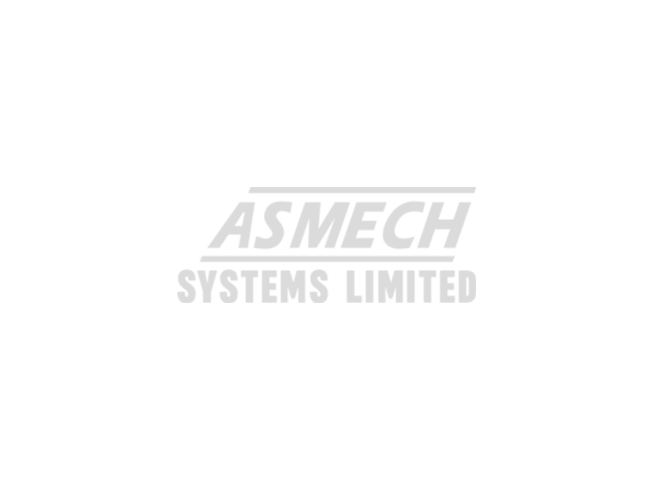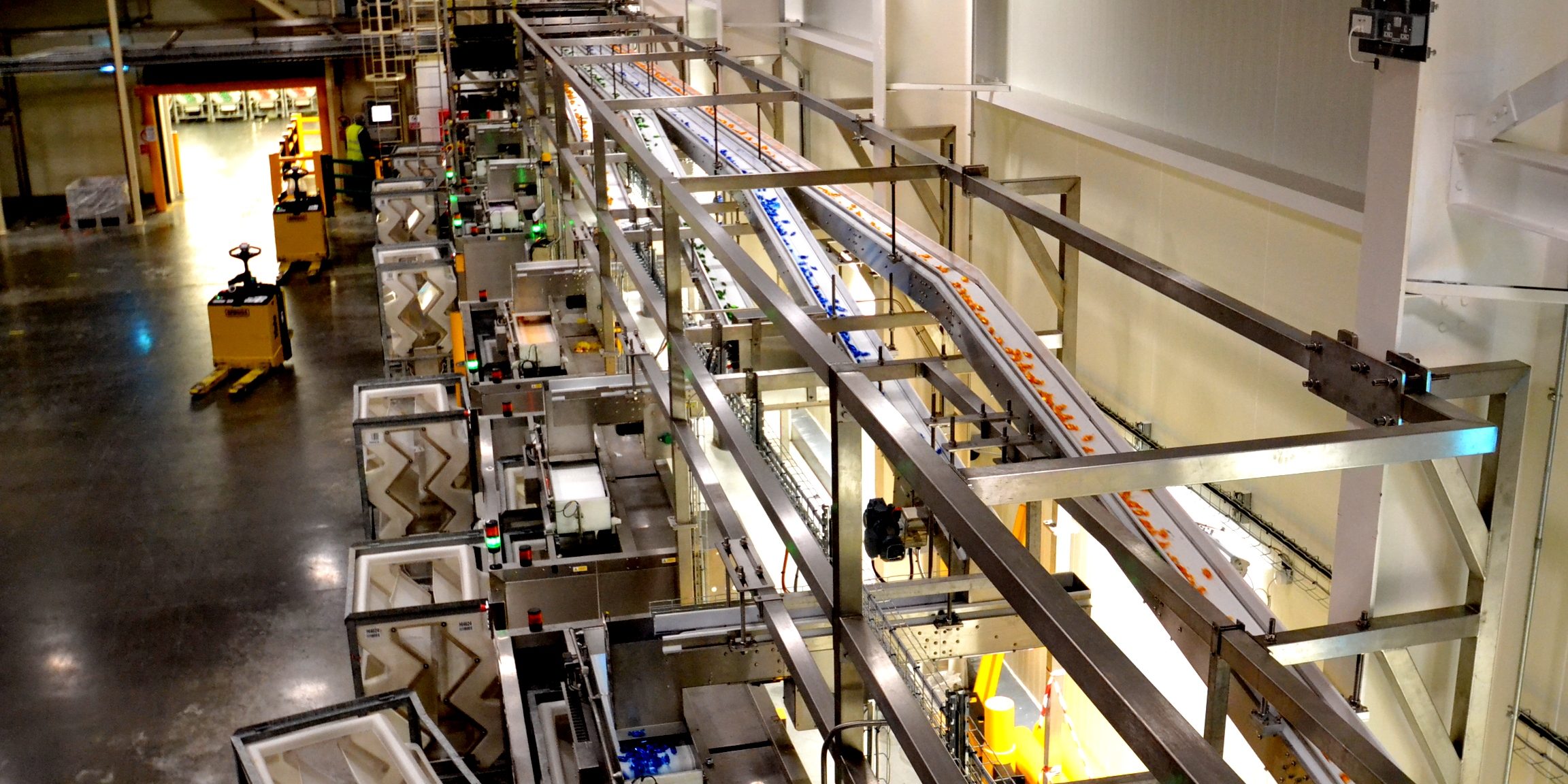There are over 15,000+ food and beverage processing plants in the UK, and you’re about to add a couple more to the fleet. In this fast-paced world of food and beverage production, the seamless flow of materials and products is essential for success. But how does one accomplish that? The best way to design a new plant is to bear in mind its practical implementation strategies. Here are some key considerations that will help you with your plant design:
Key considerations
Location – Selecting the ideal location for your facility is the first step towards optimising its efficiency. Consider factors such as proximity to suppliers and distribution centres, accessibility for transportation, and zoning regulations.
Plant equipment and its integration – Invest in modern, high-quality equipment that aligns with your production requirements and is practical to integrate with your plant’s layout. Coordinate with equipment suppliers to ensure compatibility and efficiency in usage and integration before you make the purchase or set up the plant.
Compliance and safety – Regulatory compliance is non-negotiable in the food and beverage industry. Familiarise yourself with food safety regulations and industry standards to ensure that your plant design prioritises hygiene, sanitation, and worker safety.
Scalability – Anticipate future growth and expansion by designing a plant layout that allows for scalability. Flexible configurations and modular designs are popular with modern day plants for their ease in accommodating varying production demands.
Once you’re able to address these key considerations in your plant design, you’ll be well on your way to creating a facility that maximises efficiency, safety, and productivity. But before you lay out the bricks, go over each step of your production process to understand how your plant needs to be shaped to be able to streamline the production process.
Raw material handling – The production process begins with the arrival and storage of raw materials. Upon arrival, materials are inspected for quality and quantity before being stored in designated areas. Efficient material handling systems, including conveyor belts, may be utilised to transport materials from receiving docks to storage facilities. Your plant design must take into consideration the size of your raw materials, the quantity you may need them in, and its storage requirements.
Preparation and Processing – Next, the raw materials undergo various preparation and processing stages to transform them into finished products. This may include cleaning, cutting, mixing, cooking, and other processing activities. This will be the heart of your plant, and its efficiency will be directly proportional to how well you design the layout. For goods to flow seamlessly into your packaging and palletising area, you need to enable direct and easy access between the two.
Production processes
We have worked with lots of well-known food and beverage companies to help them optimise the flow of their production processes. And speaking from experience, the smoother you make the flow, the better it is for your production cycle.
- Packaging – Once products are prepared and processed, they are packaged into containers/wrappers/bottles for distribution. It’s one of the most crucial parts of the production process for the food and beverage industry. From labelling to box-filling stations, and cap feeders to filling lines, we’ve designed, manufactured, assembled and installed conveyor belt systems for them all.
- Distribution and logistics – Packaged products are finally transported to distribution centres or directly to retailers for sale. When designing a food and beverage production plant, bear in mind that facilitating the sorting, routing, and loading of products onto trucks or into storage areas is crucial for efficient distribution and logistics.
If you would like to speak to an expert before setting up a new food and beverage plant, you can do so by calling us on 01623 424 442 or by sending an email to sales@asmechsytems.co.uk









